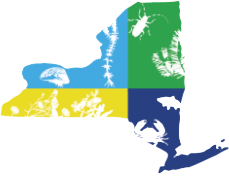Biological Invasions
Invasive ants take and squander native seeds: implications for native plant communities
Survival, dynamics of spread and invasive potential of species in perennial plantations
Host range expansion may provide enemy free space for the highly invasive emerald ash borer
Does fish herding enhance catch rates and detection of invasive bigheaded carp?
Linear and non-linear effects of goldenrod invasions on native pollinator and plant populations
Introduced plants reduce species interactions
Oecologia
Contrasting ecological impacts of geographically close invasive populations
Oikos
Journal of Applied Ecology
Diversity and Distributions
Multispecies invasion reduces the negative impact of single alien plant species on native flora
Ecological Applications
Can we condition native plants to increase drought tolerance and improve restoration success?
Biological Control
NeoBiota
Restoration Ecology
The good with the bad: when ecological restoration facilitates native and non‐native species
Plant and Soil
Forest Ecology and Management
Droughts drive outbreak dynamics of an invasive forest insect on an exotic host
Biodiversity and Conservation
Understanding the effects of biotic and abiotic factors on sources of aquatic environmental DNA
Reconstruction of native vegetation based upon integrated landscape approaches
Conservation Biology
Combined use of eDNA metabarcoding and video surveillance for the assessment of fish biodiversity
Ecosphere
Community resistance to an invasive forest insect–fungus mutualism

